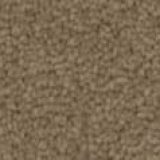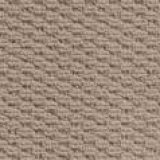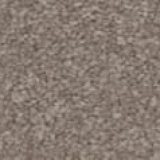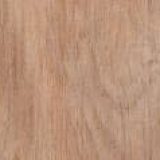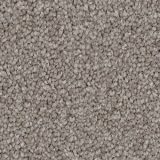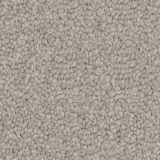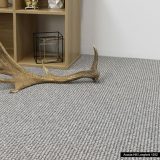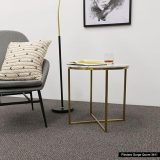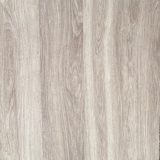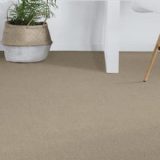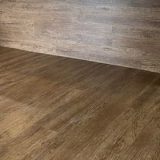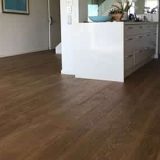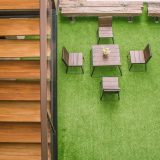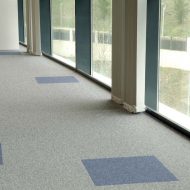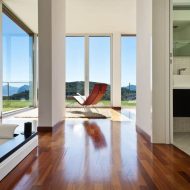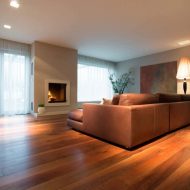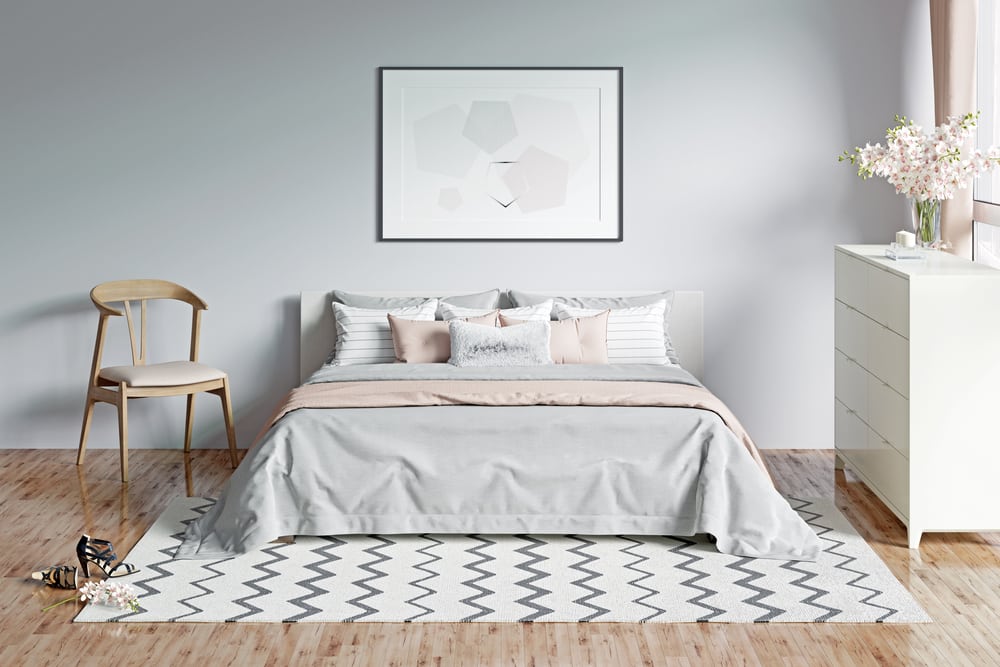There is nothing better than a room revamp to inspire you and invigorate the senses! As the saying goes, a change is as good as a holiday, and when it’s a change that affects where you live and the spaces you inhabit, the holiday can last even longer.
Old, worn or out-dated carpets can have a negative and dramatic effect on a room. And just like furniture and wall colourings, carpets can be a significant financial investment, so need careful consideration. Here are some tips for choosing the perfect carpet colour for your home.
Steps to Choosing the Right Carpet
Before we delve into some of the factors that can affect your choice of carpet, let’s firstly look at the steps you should take before purchasing.
Step #1 – Consider your Lifestyle

An important factor when choosing your carpet colour is how much foot traffic the room will get. For example, suppose you have a large family or entertain regularly — lighter carpets may not be ideal in often-used rooms, as they will suffer wear and discolouration over time. This is also the case if you have little ones and/or pets that tend to leave mess wherever they go! Colour-blended, patterned and accented neutral carpets can obscure stains and dirt and also add a little personality to a busy household.
Conversely, if your home has fewer occupants or you are carpeting a room that’s not always in use (like a bedroom), lighter and/or plush carpets may be the way to go. Bear in mind that in both instances, carpets will appear lighter once installed and will fade over time, so it might be worth choosing a colour that is a shade or two deeper than you initially had planned. Once you’ve decided on the carpets, you can then decide how best to complete the room’s design by choosing the colour of the walls.
Step #2 – Think About Texture
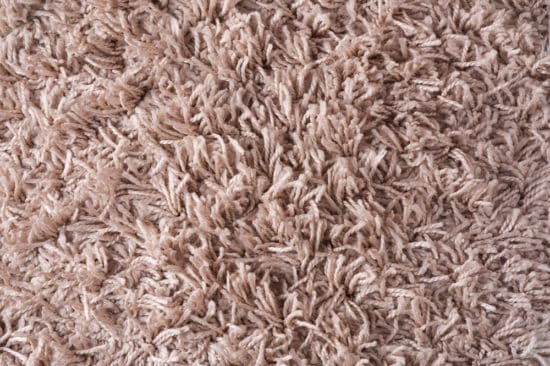
Another important consideration is the texture of the carpet and whether it will suit your home and lifestyle.
Cut Piles
Cut piles look like velvet and are super-soft. They also offer a luxurious, “squishy”, dense feeling underfoot, but their downside is that they show footprints. There are different textural classifications and refer mainly to the pile length and the twist level of the pile yarn. Styles include:
- Velvet — has a short pile length, and the loop lines can be either uniform in height or a sequence of alternating high and low loop rows.
- Saxony — has a relatively high pile, and the end of the tuft flairs slightly to produce a luxuriously smooth surface.
- Plush — a level-cut pile with yarn that has a little more twist than a velvet pile carpet.
- Cut and loop — also known as a sculptured or carved pile, it is essentially a cut pile carpet with areas of loop pile designed into it.
- Hard twist — also known as a curled pile or frieze, it is a cut pile style with a textured finish made up of highly twisted tufts that curl slightly at the pile surface.
- Shag — pile tufts are very long and create a low-density construction because the spacing of the tufts is more open than other carpet constructions.
Loop Pile
These types of carpets feature yarn that is … yes, you guessed it, formed into loops. They come in a range of variations — some have a ribbed pattern giving them a sisal look, some a linear, formal look, and random loop piles give carpets a casual, textured look. Styles include:
- Level loop — a simple loop pile with tufts of equal height generally in a “tight” construction using relatively fine yarn.
- Tweed, berber, heather — typically made of thicker yarns tufted into chunky loop tufts and usually of earth tones with a mottled or flecked appearance. Berbers can also be produced in a cut pile construction.
- Sisal/cord — a heavily textured loop pile carpet with loop lines that are either uniform in height or a sequence of alternating low and high lines.
- Multi-level loop — made up of different pile heights and the difference in height creates a surface that can be described as sculptured, with the pattern appearing to have been carved from the carpet.
Some carpets are a combination of cut and loop piles. The contrasting textures create a dark and light pattern, have a lovely texture underfoot and are less likely to show footprints.
Step #3 – Ponder the Fibre Type
In Australia, the three major fibres used in carpets are wool, nylon (polyamide) and polypropylene (polyolefin). Some carpets are made of blends — carpets with 80% wool and 20 per cent nylon is a common blend.
However, despite the competing claims of fibre suppliers, no one fibre necessarily makes a better carpet. The best carpets are made from quality components and materials, coupled with the manufacturer’s skills to produce an adequately constructed carpet using these components.
Step #4 – Check the Ratings
The Australian Carpet Classification Scheme (ACCS) helps take the guesswork out of the carpet selection process, and carpets are classified according to their durability and appearance retention.
A blue and yellow label identifies a carpet that has been graded for residential use. Residential ratings can have a maximum of six stars, and the rating system allows you to quickly decide which carpet is suitable for your needs. A black and gold label identifies a carpet graded for contract or commercial use. Contract ratings can have a maximum of four stars.
When choosing carpets, make sure you look for the numbered ACCS label – these carpets have been tested by NATA accredited laboratories and assessed by an ACCS panel of carpet experts. The classification is determined using technical data supplied by manufacturers and results from tests conducted by independent (NATA or equivalent) laboratories.
Experts recommend you isolate the performance level you want and then let your personal preferences rule your decision on colour, fibre, texture, style and feel.
Factors Affecting your Colour Choice
Matching Colours
The overall colour scheme of a room not only enhances its aesthetics, it can also set the tone and style for the rest of your home. Ideally, the colour of your carpets should come from the same palette as the walls as well as some of your furniture. Contrasting colours can be added with other décor and accessories like bedding, rugs, artwork and cushions, but you want to avoid colours that result in an unsightly visual clash.
If you are redecorating a room, first choose the colour of the furniture (tables, couch, shelves etc.), then the curtains, carpets and finally the walls. In the world of interior design, this is the preferred method to follow because typically furniture colours are more restricted than that of curtains and carpets. If you can’t follow this sequence for whatever reason, play it safe and stick to a neutral palette throughout.
Colour and Mood
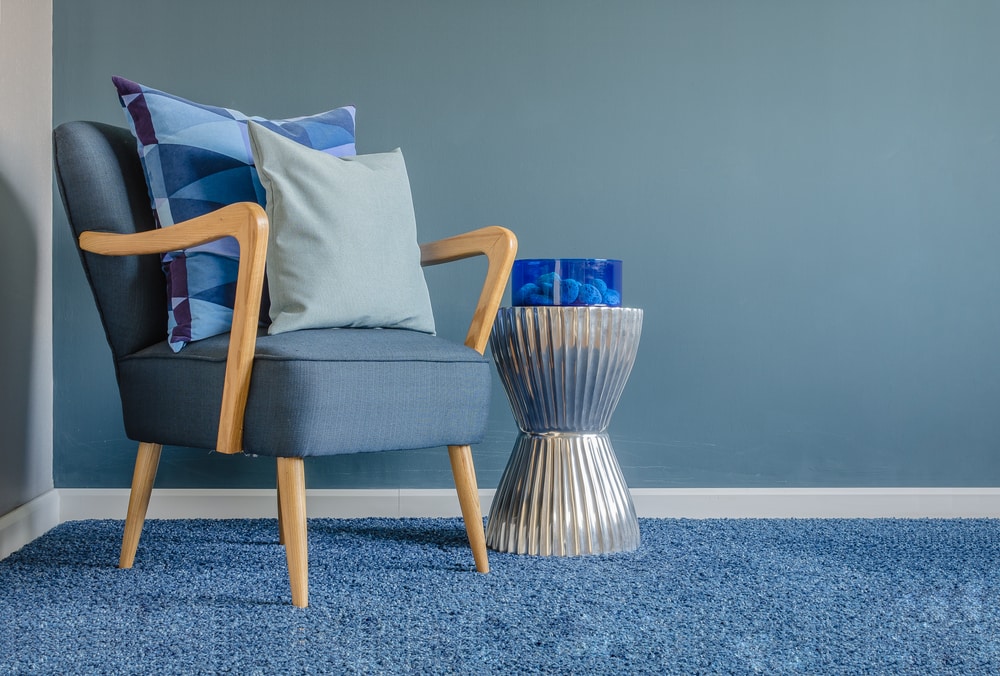
A room’s overall tones can have a significant impact on how you will feel when occupying it — from a personal but also a psychological perspective. Certain colour groups can stimulate (reds and oranges), relax (blues and greens), add a sense of vitality (yellows), or induce a feeling of luxury (dark greys and purples).
Colours also tend to follow the patterns of nature. For example, blues and greens can denote the cooler feel of a crisp winter morning, while reds and oranges create a warm glow like that obtained from a sunny day or a warming open fire. Therefore considering “layering up” your preferred colour palette — from the furniture and walls to the furnishings and carpets — to help you choose the right balance of tone and mood.
Colour vs Neutral Tones
When it comes to interior design, trends come and go, and what might be “in fashion” today may not be in years to come. Remember the bright feature wall craze? That was soon replaced with a trend towards white and café latte palettes. Because carpets are such a big investment, they are certainly not something you want to be updating every year or so!
Neutral carpets are a safe choice, but the word “neutral” certainly doesn’t have to mean “boring”! Neutrals can include colours like off whites, taupes, greys, oatmeal, beige and stone, and are a great base palette for the addition of accent colours. If you decide on a vibrant wall colour, a neutral carpet colour can subdue and balance out your room’s interior. And if you decide on a bolder colour in your carpets, you can introduce more neutral tones via the walls and other furnishings.
Dark Colours vs Light
Dark and light colours in carpets can also have different effects, including on the brightness and vitality of a room. Light colours can open up a room, making a smaller room appear more sizeable. When used in dark, narrow hallways, they can minimise that “boxed in feeling”. Neutral beige carpets can also create an “airy” and bright feeling, so they are ideal in compact living areas like studies and guest rooms or in smaller homes like apartments.
Dark coloured carpets in tones of charcoals and dark browns can make a room appear smaller — which is not necessarily a bad thing! In larger rooms like living rooms and bedrooms, they can enhance a cozy environment, and in cooler climates, add a wonderful warmth to a room. Create balance with neutrally coloured walls, and you’ve got the perfect haven for relaxation.
Your Personality!
Neutral carpets are ideal for larger rooms where there is the opportunity to express your personality through furniture and other décor. For example, they can aesthetically offset a bright feature wall, a lively piece of artwork or a bold, statement couch, allowing the eye to be drawn to items you want to show off!
On the other hand, if you prefer neutral walls and décor, consider adding some personality with your carpets! Bold colours, geometrical shapes, botanical prints and patterns like swirls, checks and florals range from the traditional to the contemporary and can still add visual interest without being gaudy.
This year, some carpet trends include natural fibre carpets made from materials like wool, jute, sisal and seagrass. They offer a similar organic look and feel to hardwood, without the price tag! Stripes are also trending and are a great way to make a small room appear wider or longer. Designs range from big, bold patterns to thinner stripes for a more subtle statement.
Elegant squares can add interest without overtaking a room, and low-key patterns in neutral colours like white or grey can add a contemporary look and feel. Plaid carpets are also becoming popular. Plaids are traditional yet trendy and a great way to add depth to a space. They work well in most rooms and have an additional benefit. They act as a grid for arranging your furniture!
Keen to push the design envelope even further? Bold animal print carpets are making a comeback! Certainly not for the shy home decorator, a cheetah or leopard print carpet is a fantastic way of adding texture and creating a striking style statement!
Choosing a Carpet Dealer
When choosing a suitable carpet for your home, it’s essential to rely on the advice of professionals. There are so many flooring options available, and the choice can be overwhelming! Flooring focussed companies employ staff that are fully trained to help bring your interior decorating ideas to life. They also have showrooms filled with rugs and carpet tiles that offer a realistic opportunity for you to get a feel for the perfect style, texture and colour of the floor covering for your home. This gives you a chance to relax, de-stress and enjoy the whole buying experience!
You can also take home carpet samples to see whether they present in the same way as they do in the showroom. They allow you to mix and match samples, compare them to furniture and décor, and take the time to choose carefully. With the addition of a flooring expert to give you professional advice, your floor coverings will make a world of difference to your home and your lifestyle!
Looking for a little more help with choosing a carpet? Check out our comprehensive How To Buy Carpet guide!
References
- 2020, How to choose the perfect carpet flooring colour to match your walls, The Urban Guide
- Deirdre Sullivan, 2021, 9 Carpet Trends in 2021, The Spruce
- 2020, 9 Tips for Choosing Carpet, Homes to Love
- 2020, Types of carpet, Carpet Institute




